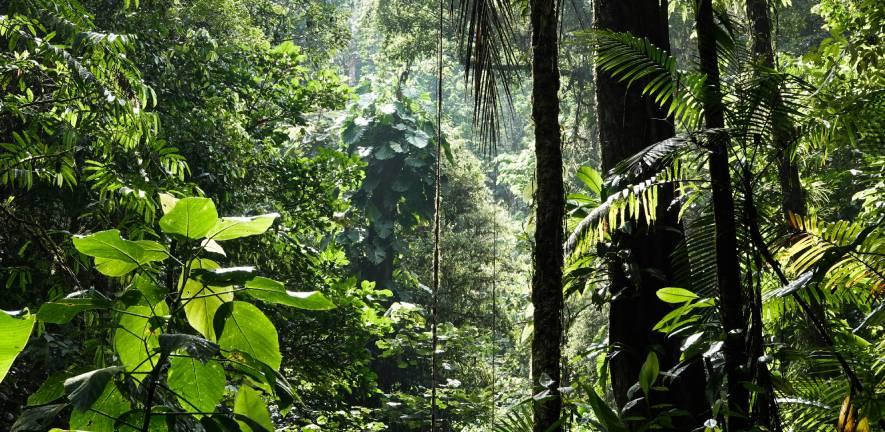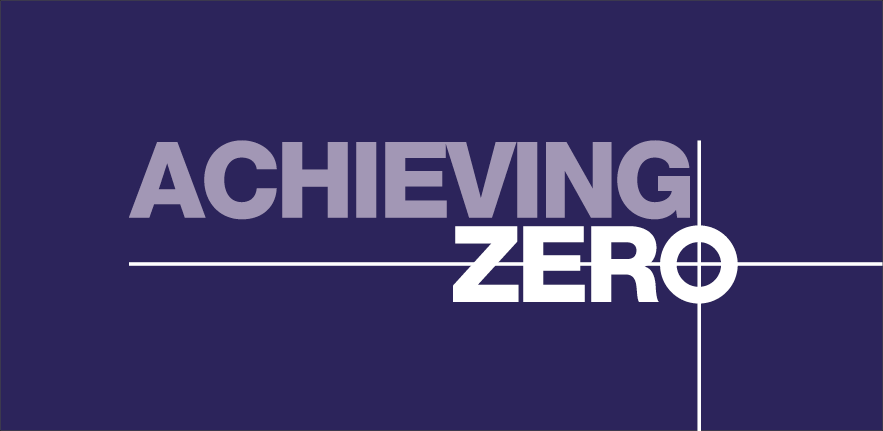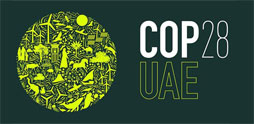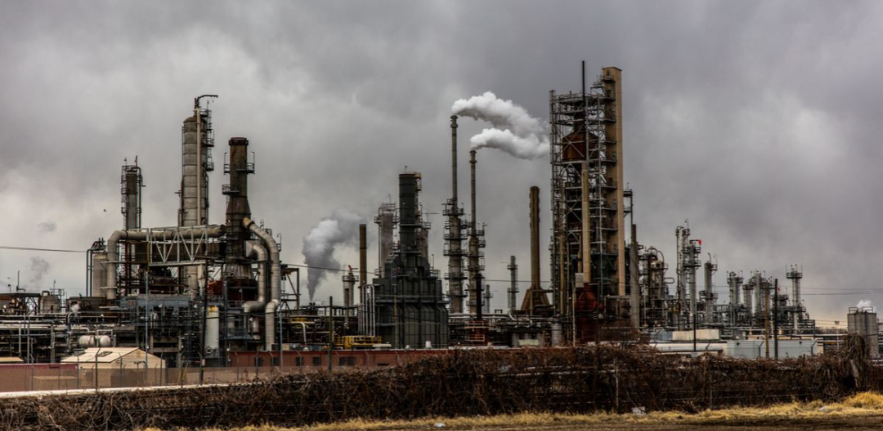
COP stands for Conference of the Parties and it often refers to the United Nations Framework Convention on Climate Change (UNFCCC) international meeting focusing on climate.
COP is the main decision-making body of the UNFCCC. It includes representatives of all the ‘Parties’, i.e. countries that have agreed to participate in and be bound by the UNFCCC.
The UNFCCC COP takes place every year, and is an opportunity to negotiate new measures, and review Parties’ progress against the overall goal of the UNFCCC to limit climate change.
Generally, each COP agrees a statement or a binding agreement which is publicly released at the end of the conference. At COP28 in 2023, the Parties’ agreed the UAE Consensus.
However, a COP can refer to the governance meetings of other treaty bodies as well. In addition to the UNFCCC COP29, there are also two other important environmental COPs taking place in 2024:
- the UN Convention on Biological Diversity (UNCBD), targeting nature and biodiversity - taking place this year in October in Colombia
- the United Nations Convention to Combat Desertification (UNCCD), happening in Saudi Arabia in December.
Find out more about COP30 taking place in Belém, Brazil, in November
UNFCCC (United Nations Framework Convention on Climate Change)
The UNFCCC is an agreement between 198 Parties (197 States and the EU). The agreement is to “stabilise greenhouse gas concentrations at a level that would prevent dangerous anthropogenic (human-induced) interference with the climate system.”
The UNFCCC is an ‘umbrella’ agreement, which means other binding decisions are made and implemented underneath it. This includes the Paris Agreement which was agreed at COP21 in 2015.
How often does COP take place?
The UNFCCC COP happens every year, unless otherwise agreed by the parties. Because of the COVID-19 pandemic, the 2020 COP was postponed until 2021.
In 2021 COP26 was hosted by the UK in Glasgow, while Italy organised a range of pre-COP sessions and events in Milan. COP27 took place in 2022 in Sharm El-Sheikh, Egypt, and COP28 was held in Dubai, United Arab Emirates, in 2023. In 2024, COP29 will be held in Baku, Azerbaijan.
What was achieved at COP28?
At COP28, representatives from nearly 200 countries agreed to a landmark deal to start “transitioning away” from fossil fuels. This was the first time fossil fuels were expressly mentioned in a UNFCCC COP decision. More than 100 countries had called for an agreement to “phase out” oil, gas and coal use. Instead the summit agreed to “transitioning away from fossil fuels in energy systems in a just, orderly and equitable manner.”
On day one of COP28 countries agreed to fund and operationalise the landmark Loss and Damage Fund, originally agreed at COP27. The fund will be crucial to secure the financial help for countries, especially those in the Global South, most affected by climate change. Read more (bbc.co.uk)
A key part of the negotiations at COP28 was delivering a response to the first Global Stocktake (GST), which is a process for assessing countries’ progress against their commitments under the Paris Agreement. The Global Stocktake found that significantly more action was needed by countries to keep global warming below dangerous levels. In response, countries made a range of commitments including agreeing to triple renewables and double energy efficiency by 2030 and planning to halt deforestation by 2030.
Read our COP28 summaries from Week 1 and Week 2.
Find out more about:
What happens at COP?
COP meetings primarily revolve around negotiations and debates. The aim is to review progress towards the overall goal of the UNFCCC: to limit climate change.
Sometimes, COP will result in new agreements and treaties, often with the goal of refining targets, agreeing rules or forming binding treaties, like the Kyoto Protocol and Paris Agreement.
A key part of COP meetings is to review the contributions of each of the Parties, detailing how they are tackling climate change. Members who are also party to the Paris Agreement will submit Nationally Determined Contributions (NDCs). These are plans by each country to reduce their emissions and adapt to the impacts of climate change. Taken together, these actions will determine whether we meet the goals of the Paris Agreement.
Who goes to COP?
The attendees at COP are representatives of governments (Parties) or non-party ‘observer’ organisations, which include non-governmental organisations such as civil society organisations, the private sector, financial institutions, subnational authorities, and local communities.
The 198 Parties to the UNFCCC are broadly organised in five regional groups:
- Africa
- Asia
- Eastern Europe
- Latin America and the Caribbean
- Western Europe and Other States (including Australia, Canada and the USA)
The COP President is usually a senior government official from the host country. The host and presidency usually rotate between the five regional groups. These regional groups are also represented on the UNFCCC Bureau, which acts in an advisory role to the current COP President.
Various other groupings of parties, such as ones representing Arab States, the European Union and Small Island states, also exist within the UNFCCC. These groups may meet to agree on their negotiating positions and common interests.
What is the Paris Agreement?
The Paris Agreement is the first legally-binding global treaty on climate change agreed in COP21 in Paris in 2015. Since 2015, under the Paris Agreement, almost all countries in the world have committed to:
- Keep the rise in global average temperature to ‘well below’ 2°C, and ideally below 1.5°C, above pre-industrial levels
- Strengthen the ability to adapt to climate change and build resilience
- Align finance flows with ‘a pathway towards low greenhouse gas emissions and climate-resilient development’.
The Paris Agreement has a ‘bottom-up’ approach where Party countries individually decide by how much they will reduce their national emissions each year.
Parties communicate these targets to the UNFCCC Secretariat in the form of ‘nationally determined contributions’, or ‘NDCs’, which are revised every five years. This five-year cycle of increasing ambition is known as the ‘ratchet mechanism’. Read CISL’s briefing on the implications of the Paris Agreement for business.






